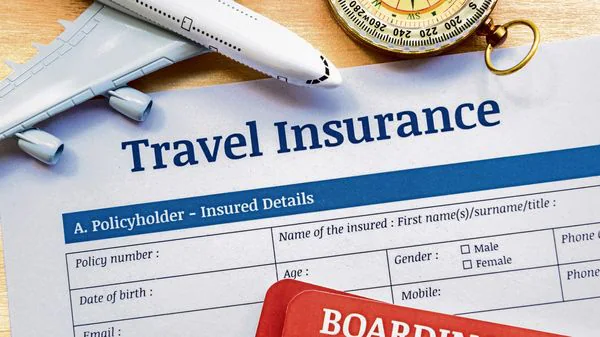Setting up a CFD account in Italy? Not as hard as you’d think. People make it sound harder than it is. You just need the right broker and your documents ready. The whole process takes a few days if you do it right.
First thing is finding a regulated broker. In Italy, they need CONSOB authorization or EU passporting rights to offer CFDs. Check the CONSOB register to make sure they’re legitimate. If they’re not on the list, walk away. Too many people skip this check and regret it when their money vanishes. Regulated brokers might not make you rich, but at least they won’t steal your money.
Once you’ve found a legitimate broker, you need to pick a platform. Beginners usually care most about whether the interface makes sense. Can you find the buy button? Can you see your positions clearly? Some platforms look like Excel spreadsheets, others like video games. Try a few demos and see what works for you. The fancy platforms with hundreds of indicators look professional but you won’t use 90% of those features. Pick something you can actually understand.
You’ll need documents to open an account. Every broker wants a passport or ID card plus a utility bill for address proof. Italian traders also need their codice fiscale for tax reporting. Get these ready before you start or you’ll be stuck waiting when you want to trade. Some brokers are picky about document quality. Make sure your scans are clear and recent. Utility bills older than three months usually get rejected.
The application itself takes maybe 10 minutes. You fill out your name, job, income, that sort of thing. They’ll ask if you understand CFDs. Just answer honestly. They’re not trying to reject you, they’re covering themselves legally. Everyone gets approved unless you claim to have zero money and zero experience. Some brokers ask about your trading experience and investment goals. They don’t really care about your answers, it’s just compliance theater.
Verification is annoying but necessary. You upload your documents, they check them, usually takes a day or two. Sometimes longer if their system doesn’t like your utility bill format. This is standard anti-money laundering stuff. Every regulated broker does it. The good ones verify fast, within 24 hours. If it takes a week, that broker probably has issues.
When your account is ready, don’t dump in your life savings. Start with 500 euros or whatever you can afford to lose. And yes, you might lose it all. Test the deposit process first. Use a bank transfer or card payment and see how long it takes. Then test a small withdrawal immediately. If a broker makes withdrawals difficult, that’s a massive red flag. Some brokers are quick with deposits but drag their feet on withdrawals. Test both before you put serious money in.
Use the demo account before trading real money. Every broker offers one. Practice until you stop making stupid mistakes like confusing buy and sell buttons or forgetting to set stop losses. Most people skip this step and pay for it later. The demo shows you how fast you can lose money without actually losing it. Spend at least a month on demo. If you can’t make fake money, you definitely can’t make real money.
Don’t forget about taxes. Italy wants its cut of your CFD profits. You have to declare everything and pay capital gains tax at 26%. Keep records of your trades or you’ll have a nightmare at tax time. The tax authorities know about online cfd trading and they check. Some traders think they can hide profits. Bad idea. CONSOB and the tax office share information now.
Getting started with online cfd trading in Italy means following the rules, using regulated brokers, and not rushing into real money trading. Most beginners lose money because they skip steps, ignore warnings, and think they’re smarter than the market. Do it properly from the start and you’ll at least avoid the obvious mistakes that wipe out most new traders in their first month.



